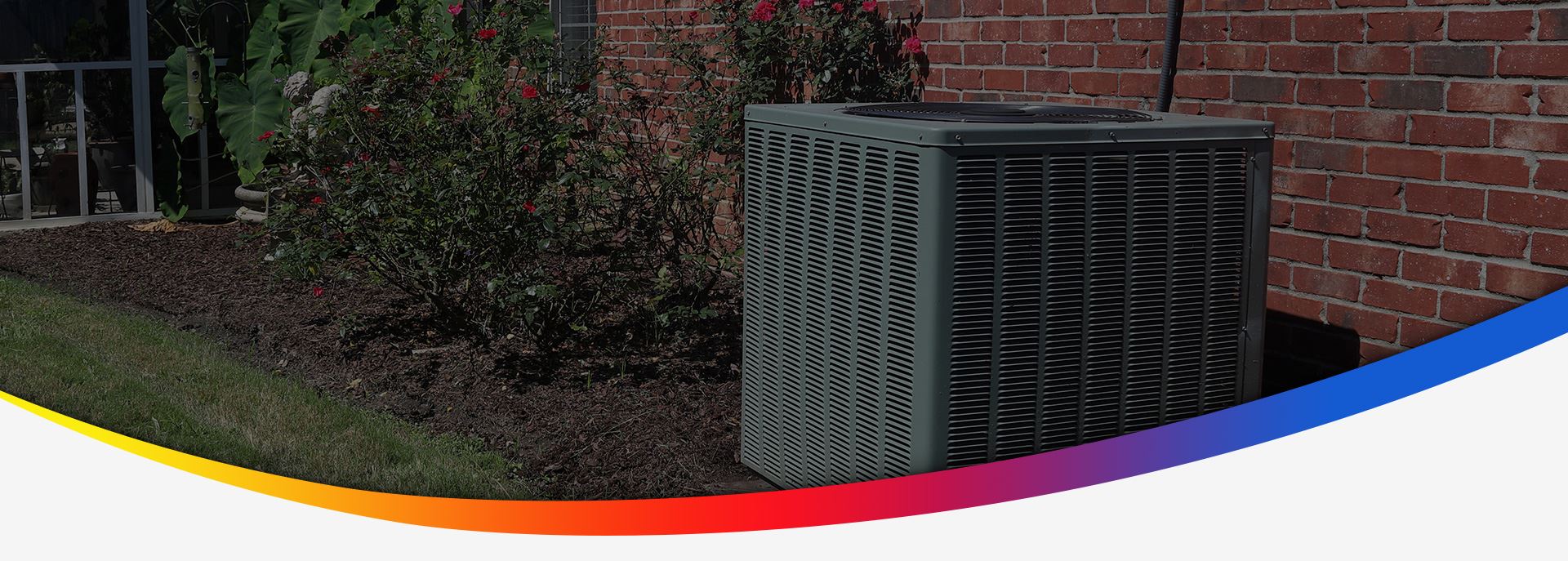WHAT IS THE OZONE LAYER AND WHY IS IT IMPORTANT?
The ozone layer is a concentration of ozone molecules in the stratosphere. About 90% of the planet's ozone is in the ozone layer. The layer of the Earth's atmosphere that surrounds us is called the troposphere. The stratosphere, the next higher layer, extends about 10-50 kilometers above the Earth's surface. Stratospheric ozone is a naturally-occurring gas that filters the sun's ultraviolet (UV) radiation. A diminished ozone layer allows more radiation to reach the Earth's surface. For people, overexposure to UV rays can lead to skin cancer, cataracts, and weakened immune systems. Increased UV can also lead to reduced crop yield and disruptions in the marine food chain. UV also has other harmful effects.
HOW DOES OZONE DEPLETION OCCUR?
It is caused by the release of chlorofluorocarbons (CFCs) and other ozone-depleting substances (ODS), which were used widely as refrigerants, insulating foams, and solvents. The discussion below focuses on CFCs but is relevant to all ODS. Although CFCs are heavier than air, they are eventually carried into the stratosphere in a process that can take as long as 2 to 5 years. Measurements of CFCs in the stratosphere are made from balloons, aircraft, and satellites.
When CFCs reach the stratosphere, the ultraviolet radiation from the sun causes them to break apart and release chlorine atoms that react with ozone, starting chemical cycles of ozone destruction that deplete the ozone layer. One chlorine atom can break apart more than 100,000 ozone molecules.
Other chemicals that damage the ozone layer include methyl bromide (used as a pesticide), halons (used in fire extinguishers), and methyl chloroform (used as a solvent in industrial processes). As methyl bromide and halons are broken apart, they release bromine atoms, which are 40 times more destructive to ozone molecules than chlorine atoms.
HOW DO WE KNOW THAT NATURAL SOURCES ARE NOT RESPONSIBLE FOR OZONE DEPLETION?
While it is true that volcanoes and oceans release large amounts of chlorine, the chlorine from these sources is easily dissolved in water and washes out of the atmosphere in rain. In contrast, CFCs are not broken down in the lower atmosphere and do not dissolve in water. The chlorine in these human-made molecules does reach the stratosphere. Measurements show that the increase in stratospheric chlorine since 1985 matches the amount released from CFCs and other ozone-depleting substances produced and released by human activities.
WHAT IS BEING DONE ABOUT OZONE DEPLETION?
In 1978, the use of CFC propellants in spray cans was banned in the U.S. In the 1980s, the Antarctic "ozone hole" appeared and an international science assessment more strongly linked the release of CFCs and ozone depletion. It became evident that a stronger worldwide response was needed. In 1987, the Montreal Protocol was signed and the signatory nations committed themselves to a reduction in the use of CFCs and other ozone-depleting substances.
Since that time, the treaty has been amended to ban CFC production after 1995 in the developed countries, and later in developing. Today, over 160 countries have signed the treaty. Beginning January 1, 1996, only recycled and stockpiled CFCs will be available for use in developed countries like the US. This production phaseout is possible because of efforts to ensure that there will be substitute chemicals and technologies for all CFC uses.
EPA coordinates numerous regulatory programs designed to help the ozone layer and continues to be active in developing international ozone protection policies. Individuals can also help, primarily by ensuring that technicians working on air conditioning and refrigeration equipment are certified by EPA, that refrigerants are recaptured and not released, and by educating themselves about the issue of ozone depletion.
IS THERE GENERAL AGREEMENT AMONG SCIENTISTS ON THE SCIENCE OF OZONE DEPLETION?
Yes. Under the sponsorship of the UN Environment Programme (UNEP) and the World Meteorological Organization (WMO), the scientific community issues periodic reports. Almost 300 scientists worldwide drafted and reviewed the WMO/UNEP Scientific Assessment of Ozone Depletion: 1994 ( can be obtained from EPA's Stratospheric Ozone Protection hotline at 800-296-1996). An international consensus about the causes and effects of ozone depletion has emerged.
WILL THE OZONE LAYER RECOVER? CAN WE MAKE MORE OZONE TO FILL IN THE HOLE?
The answers, in order, are: yes and no. We can't make enough ozone to replace what's been destroyed, but provided that we stop producing ozone-depleting substances, natural ozone production reactions should return the ozone layer to normal levels by about 2050. It is very important that the world complies with the Montreal Protocol; delays in ending production could result in additional damage and prolong the ozone layer's recovery.
